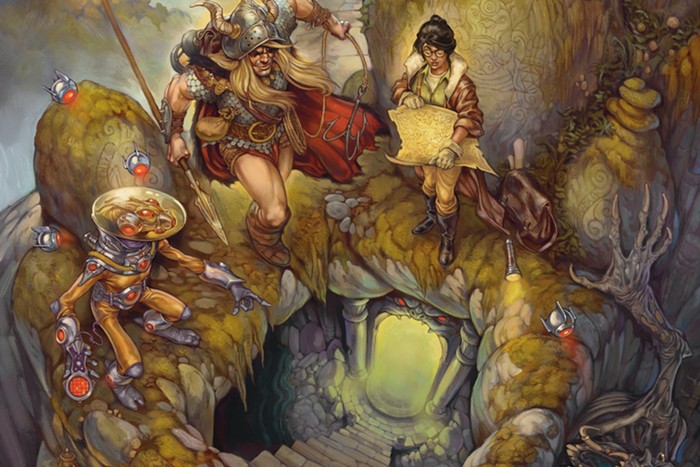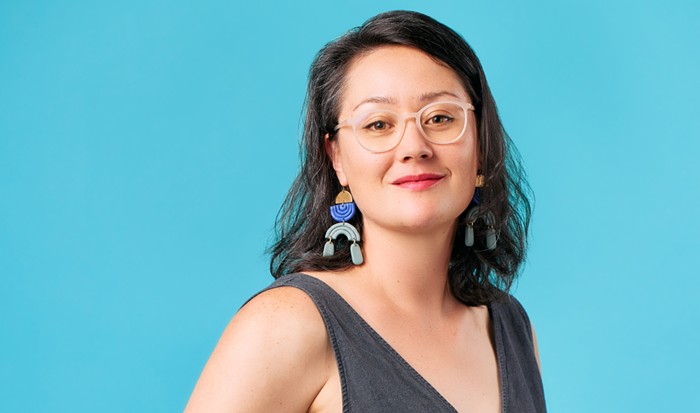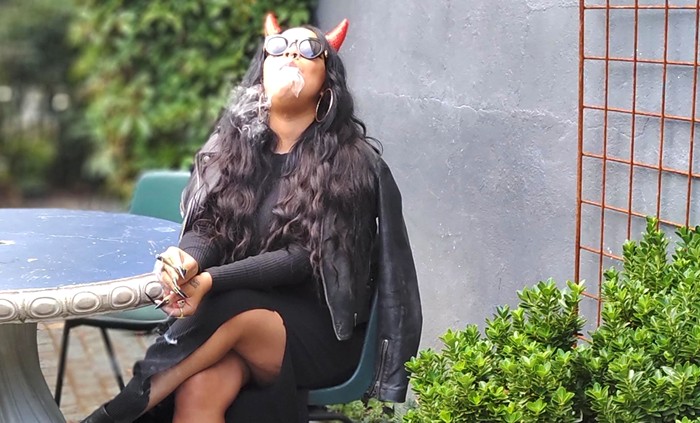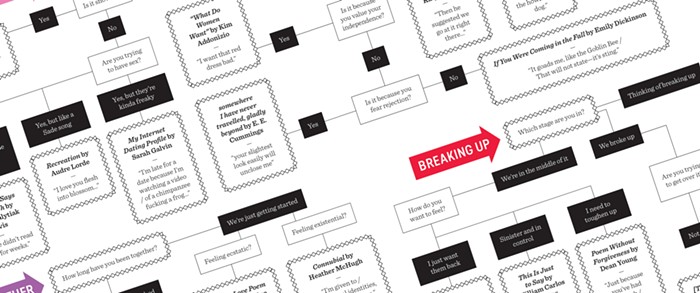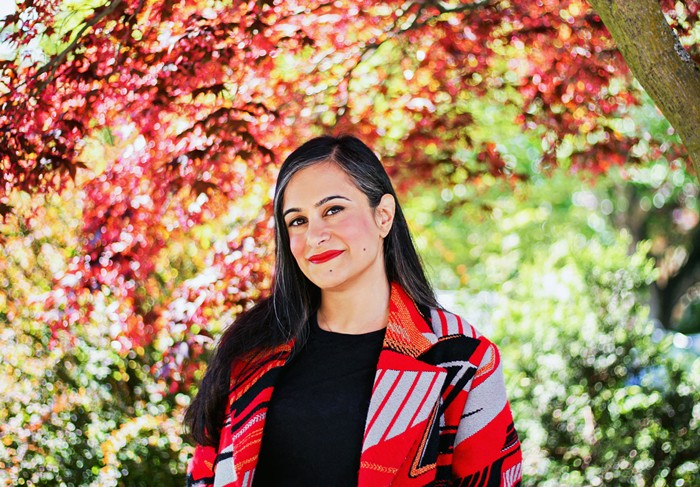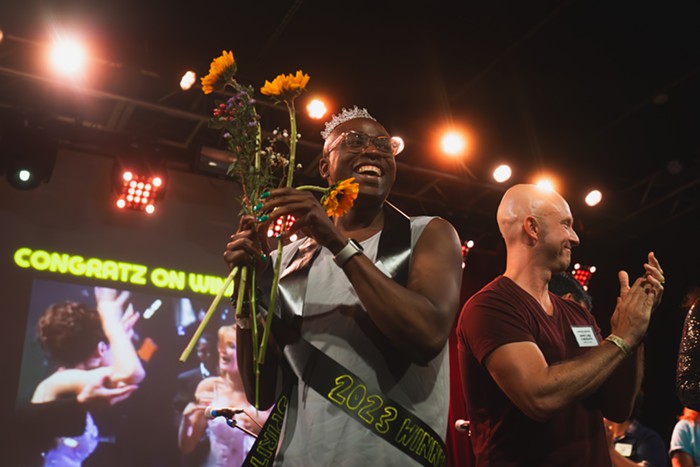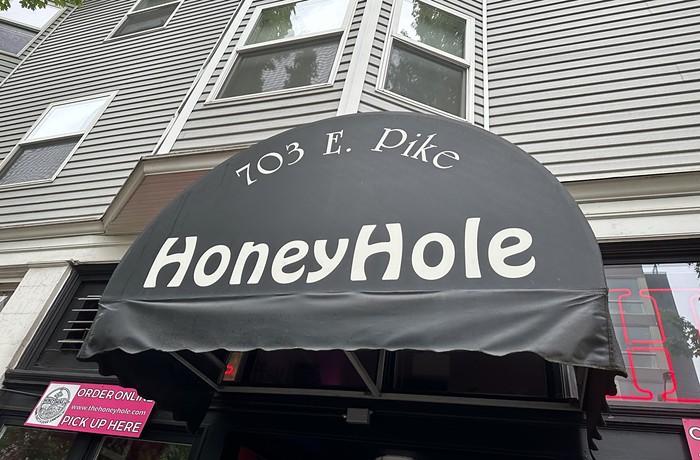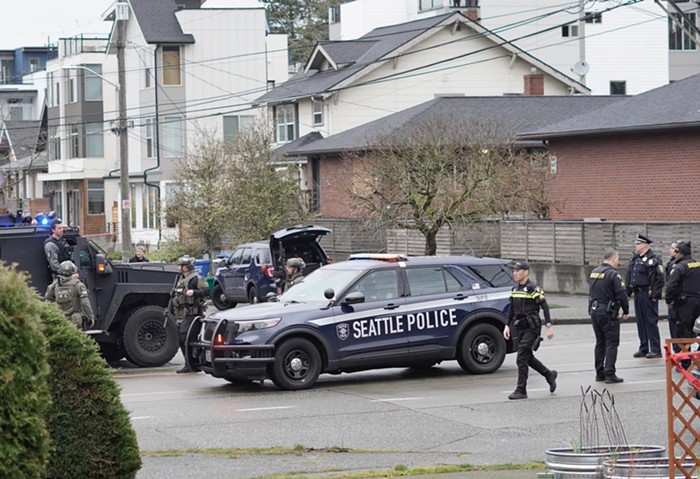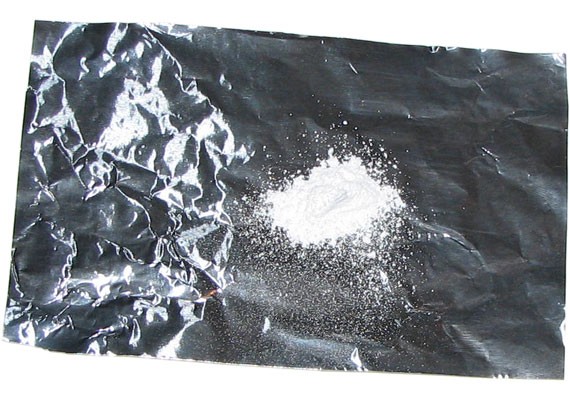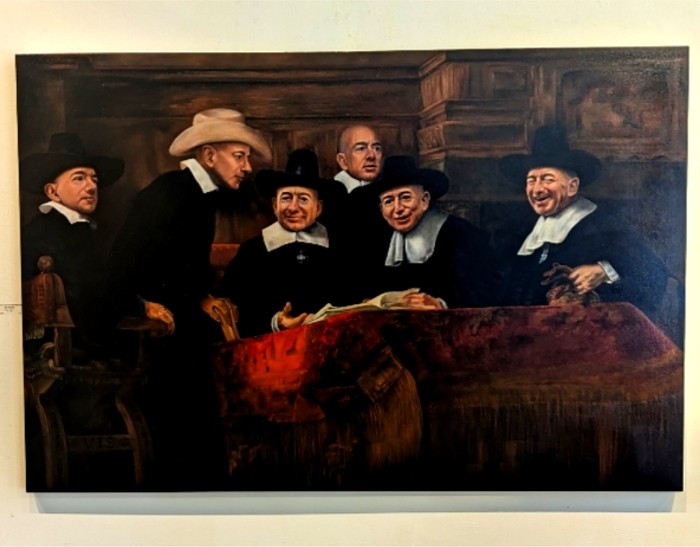
But the thoughtful curators at Town Hall sussed out why Brook’s new book, The Accident of Color: A Story of Race in Reconstruction, matters: those 19th-century Atlantic port cities were prototypes of the kind of mix we find in today’s King County. Just as the mixed-race “free people of color” and “browns” in antebellum New Orleans and Charleston, respectively, did not fit into neat racial categories, we are belatedly on a path to a similar kind of mixing, albeit driven by entirely different demographic trends.
Just check out a recent survey of FYI Guy columns at the Seattle Times: White population down. Immigrant population up. Asian population is increasing. While we wear that “fifth whitest city in U.S.” title like a badge of shame, it’s changing fast. Two years ago FYI Guy pegged us as the least white we have ever been. This welcome byproduct of our current boom creates hope that in our next generation, we might emerge as a Pacific creole city. If my wife and I have kids, they’ll be hapa JewAsians.
Even if this was all still Coast Salish land sprinkled with a few Hudson Bay Company trading forts of the era, it’s easy to see parallels as Brook dives into primary sources galore to describe the creole culture of those 19th century cities that defied the racial norms elsewhere in the slaveocracy of the pre-Civil War U.S.—a twin political and economic system that reached its tentacles far into the North thanks to pernicious legal precedents like Dred Scott v. Sanford and the Fugitive Slave Act.
“If you squint at the cities I’m writing about, they’re precociously modern cities,” Brook tells me by phone. “They were more cosmopolitan and mixed than most cities at the time. These days in contemporary America, they’d be pretty normal.”
While these cities were by no means utopias—free people of color occupied an uneasy place in the social order and they themselves can and did own enslaved persons—the fluidity of race was exceptional. For example, Brook says, “Interracial relationships were acknowledged, the issue was whether to flaunt them or not.”
But the hammer dropped after the Civil War. Torn between the white elite they emulated and the racial equality aspirations that eventually—but by no means initially—came to underpin the Union’s war with the Confederacy, they were ultimately shoehorned into the U.S. black/white racial binary. In reaction to the Union occupation and efforts by the Congress’ Radical Republicans to push racial equality (a concept that creates cognitive dissonance when thinking of today’s GOP), the Southern states passed strict Black Codes and eventually created the Jim Crow system.
In one telling scene, Brook recounts an 1873 editorial in a francophone New Orleans newspaper, in which the author tells his audience what was once unthinkable: Ok, you have to choose between black and white.
“The book exposes how the idea that Americans can be fit into neat racial categories indefinitely, generation after generation, despite people having roots on multiple continents and mixing together, is both a malicious system and a fool’s errand,” Brook says.
Brook, who lives in New Orleans, hatched the idea when running a JSTOR search on desegregation in the city’s public schools. Of the 100 or so results, 99 discussed the 1960s. One discussed the 1870s. That discovery sent him down a rabbit hole to learn about the first Civil Rights Movement, during Reconstruction, when Southern cities briefly integrated everything from schools to streetcars. Of course, it didn’t last as ex-Confederates got their revenge when the U.S. federal government retreated from its military occupation in 1877 and the Ku Klux Klan quite literally took over in many parts of the South.

Brook finds the whole notion of white identity perplexing, especially as DNA genetic testing becomes cheaper and more popular, showing more and more people they have roots in multiple places.
“The foundation of American racism is this racial construct that doesn’t exist in any other New World society: that we all live together but somehow retain our Old World races,” Brook says.
New Orleans and Charleston were more Latin American or Caribbean in seeing race as a continuum rather than a binary. Today, Brook says, you still find that the further west you travel.
“Hawaii was always the counter to the American racial system,” he says. “The state is useful in demonstrating to the rest of the country how race could work in a less destructive way.”
Seattle and King County are by no means a model of perfect race relations, from a history of redlining in real estate to disproportionate police use of force against people of color. When the Denny party landed at Alki, this was still the whites-only Oregon Territory. Last week, state voters narrowly rejected affirmative action in a “no” campaign led predominantly by conservative Chinese-Americans. But we are also home to the first integrated public housing in the U.S. at Yesler Terrace. Unlike most U.S. cities, we didn’t erupt into large-scale violence after Dr. Martin Luther King, Jr. was assassinated in 1968.
The way we reckon with race today is not entirely unlike the Big Easy and the jewel of the Palmetto State of 150 years ago.
“Marketers see it as a Southern book,” Brook says. “But I see it as a Western book.”
